If you’re sick of seeing thrips on your houseplants, this guide is for you. Learn how to get rid of thrips for good with these simple tips.
If you want to get rid of thrips on your houseplants permanently, you need to start by identifying the source of the infestation. Once you’ve done that, you can take steps to eliminate the thrips and prevent them from coming back.
How To Get Rid Of Thrips On Houseplants
If you have indoor plants, you may also have had the unpleasant experience of dealing with thrips. Thrips are tiny, winged insects that feed on plant sap.
The most common houseplants that get thrips are roses, lilies, and orchids. Their feeding can cause damage to the plant, including stunted growth, yellowing leaves, and distorted flowers.
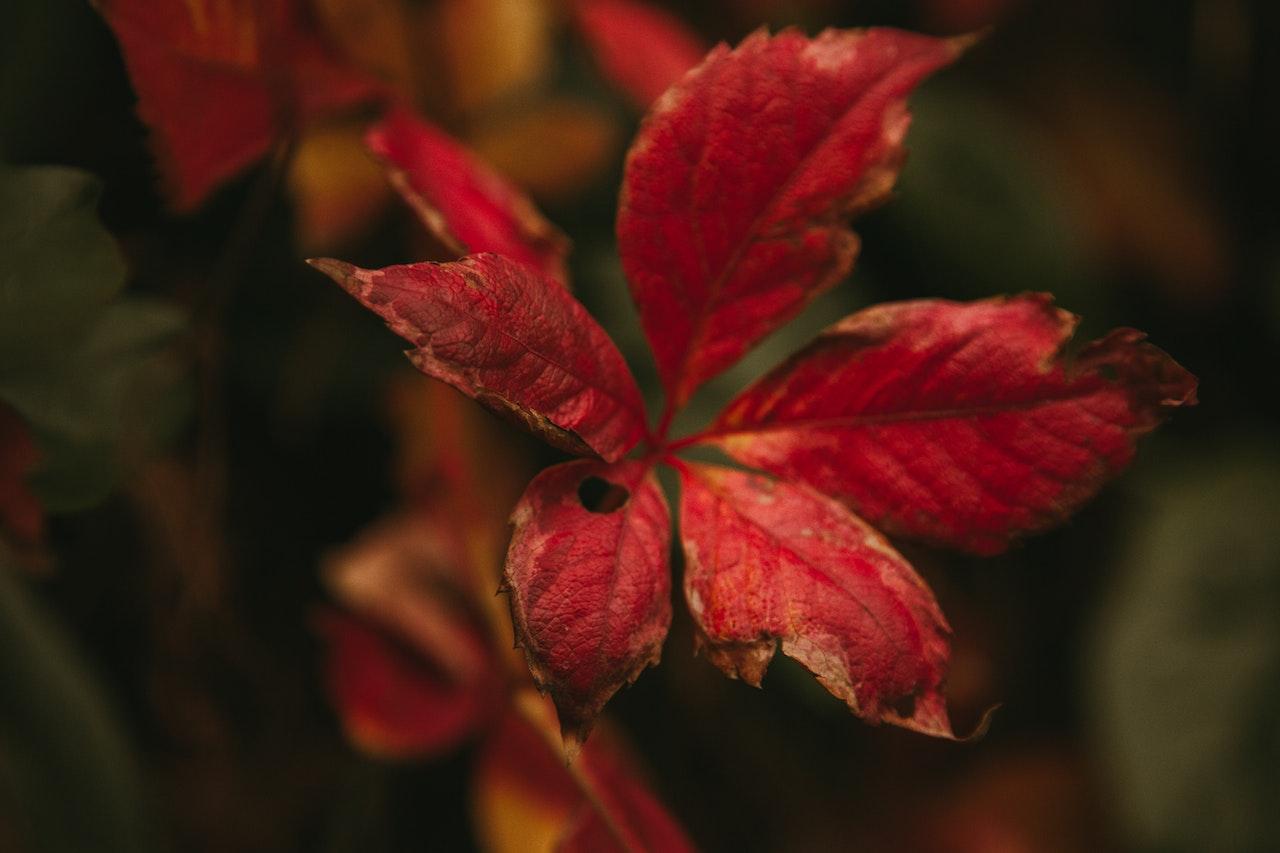
Credit: Pexels
To get rid of thrips on houseplants, it is important to first identify the plant that is infested. Once you have identified the plant, you can take steps to remove the thrips. There are a few different ways that you can get rid of thrips on your houseplants.
1. Use Insecticide Or Neem Oil
You can use a chemical insecticide that is specifically designed to kill thrips. Follow the directions carefully. You can also try using a natural remedy, such as neem oil.
2. Use a Combination Of Water And Soap
You can also try using a combination of water and dish soap, which will suffocate the thrips. To get rid of thrips, spray your plant with the mix. This will dislodge the thrips and make it easier for them to be removed.
3. Use a Vacuum Cleaner Or Hand
You can try to remove the thrips by hand or use a vacuum cleaner.
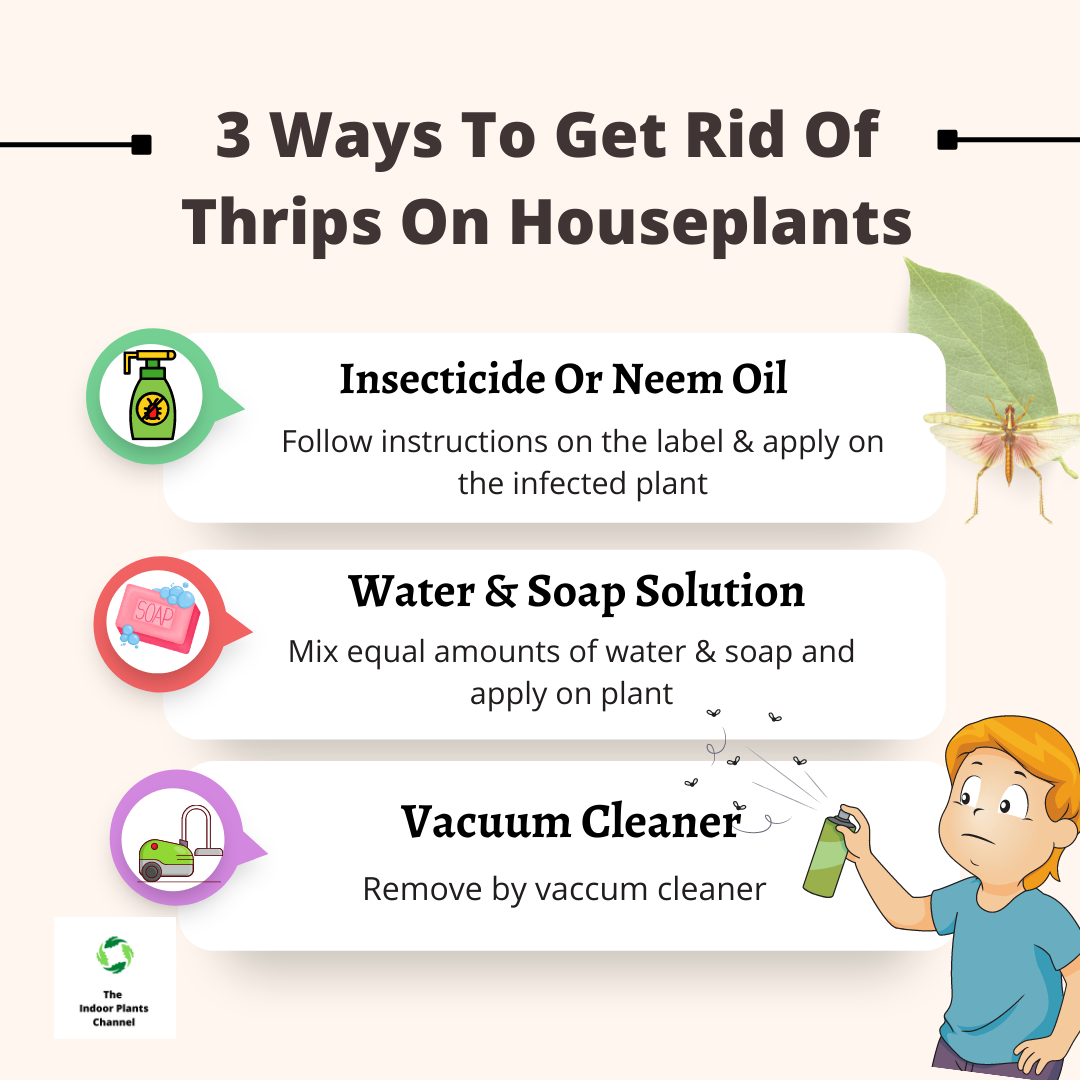
What Are Thrips?
Thrips are tiny, winged insects that feed on plants. They are often difficult to see with the naked eye, but they can cause damage to plants by sucking out their juices or eating their leaves. Thrips can also spread diseases from one plant to another.
There are many different species of thrips, and they can be found in a wide variety of plants. Some thrips are black, while others are yellow or white.
The most common houseplant pest is the Western flower thrips. These small insects are only about 1/20 of an inch long, but they can cause big problems for your plants.
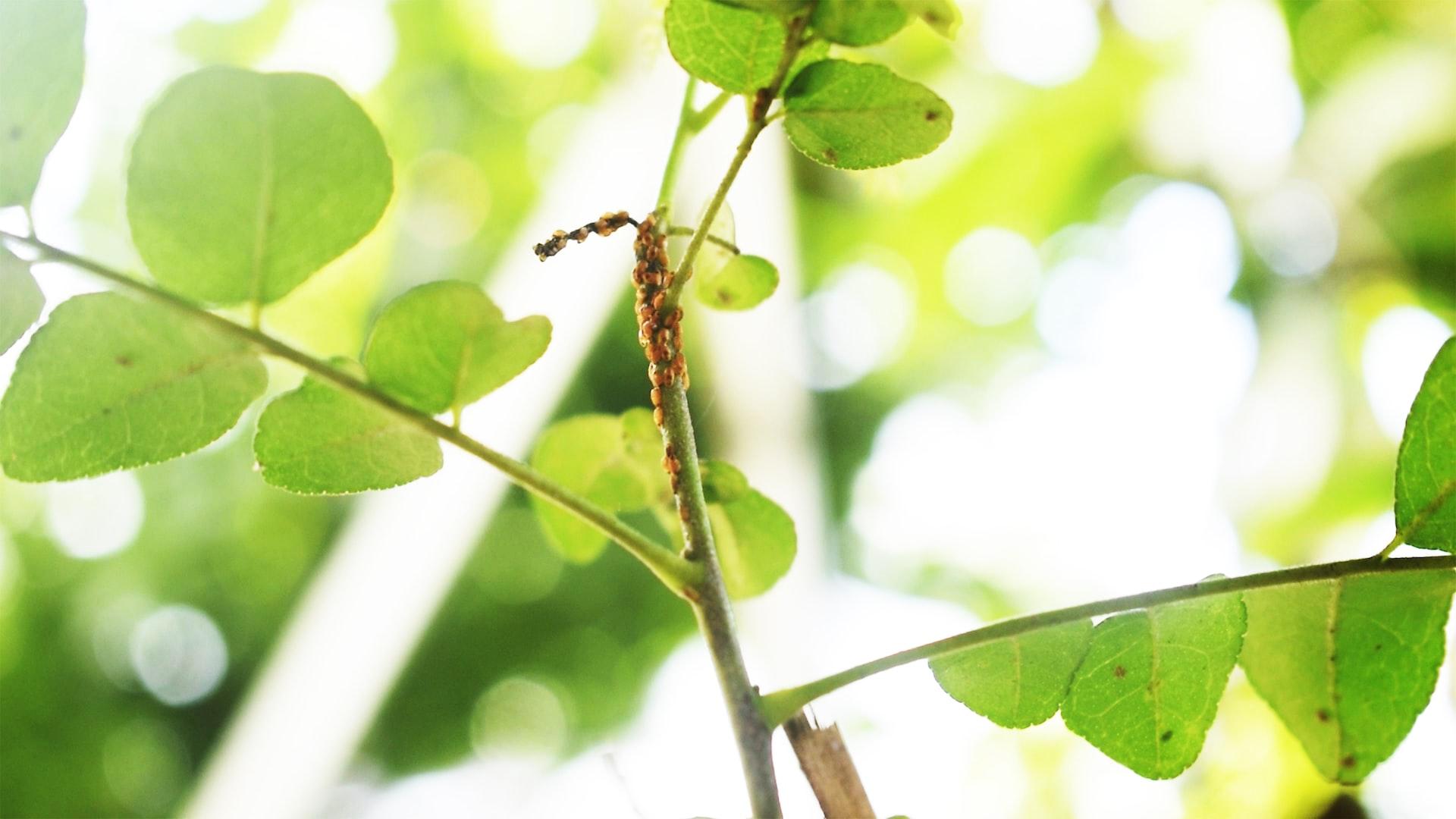
Credit: Unsplash
Some species of thrips are beneficial to plants as they help pollinate them. However, most species of thrips are considered pests.
You can take steps to prevent thrips from infesting your houseplants in the first place. If you have a serious infestation of thrips, you may need to contact a professional pest control company.
How Do Thrips Cause Damage To Houseplants?
Thrips can cause a lot of damage to houseplants, especially if there is a large infestation.
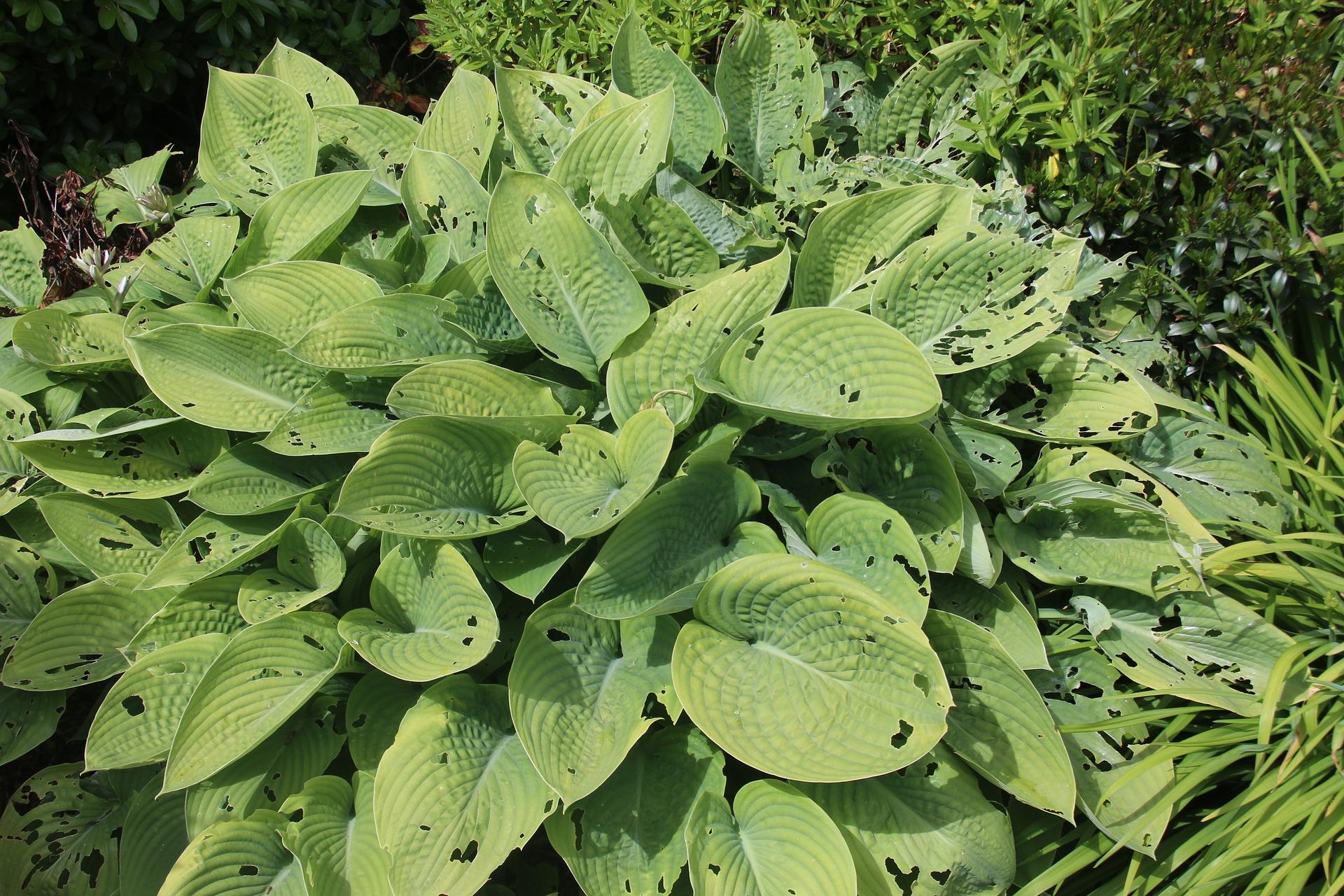
Credit: Pixabay
Thrips cause damage to houseplants in a few different ways.
- Thrips feed by puncturing plant leaves and sucking out the juices, which can cause the leaves to turn brown and curl up.
- Thrips can spread diseases from one plant to another.
- A large infestation of thrips can stress a plant and make it more susceptible to other problems, such as pests and diseases.
Take action to get rid of thrips as soon as you see them. The longer you wait, the more damage they will do to your plants.
How To Prevent Thrips From Infesting Your Houseplants
There are a few things you can do to prevent thrips from infesting your houseplants.
- Make sure to inspect your plants regularly for signs of pests. If you see any thrips, remove them immediately.
- Keep your plants healthy. Thrips are attracted to weak or stressed plants. So make sure to give your plants the care they need, including proper watering, light, and nutrients.
- Avoid bringing thrips into your home. If you buy plants from a nursery, inspect them carefully before bringing them inside. If you visit someone else’s home, check your clothing and shoes before leaving to make sure you’re not accidentally carrying any thrips with you.
By following these simple steps, you can help prevent thrips from infesting your houseplants.
How To Tell If A Houseplant Has Thrips
If you think your houseplant has thrips, there are a few things you can look for to be sure.
1. Dark Or White Spots On Leaves
If you think your houseplant has thrips, you should inspect it closely. Look for small, black, or brown insects on the leaves. You may also see white, yellow, or brown spots on the leaves.
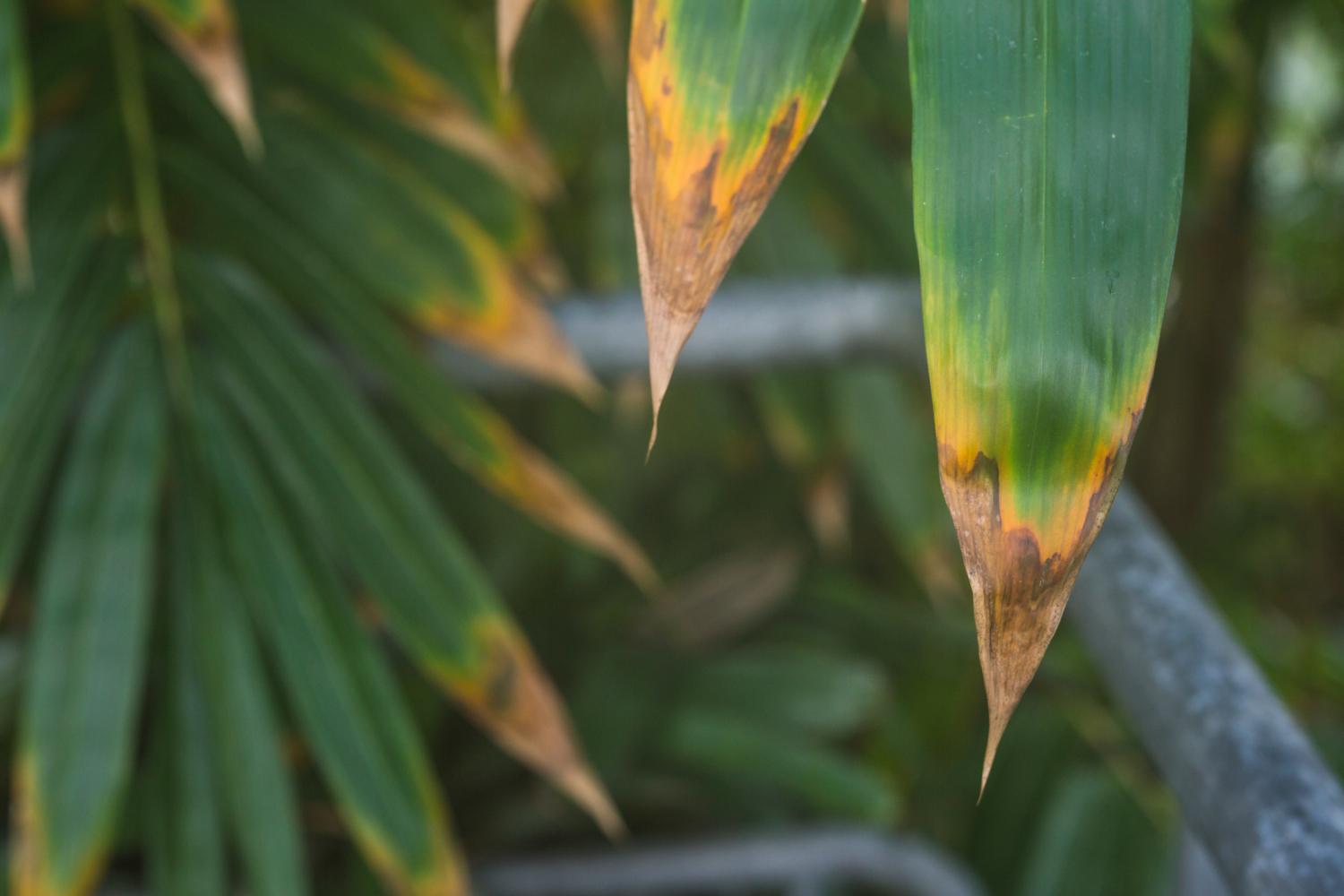
Credit: Freepik
These small, dark spots on leaves are a sign that thrips have been feeding on the leaves. You may also see small white dots on the leaves; these are the eggs of the thrips. If you see any of these signs, you should take action to get rid of the thrips.
2. Damage Leaves
Another way to tell if your plant has thrips is to look for damage to the leaves. Thrips can cause leaves to become curled or distorted. You may also see tiny holes in the leaves where the thrips have been feeding. If you see any of these signs, your plant probably has thrips.
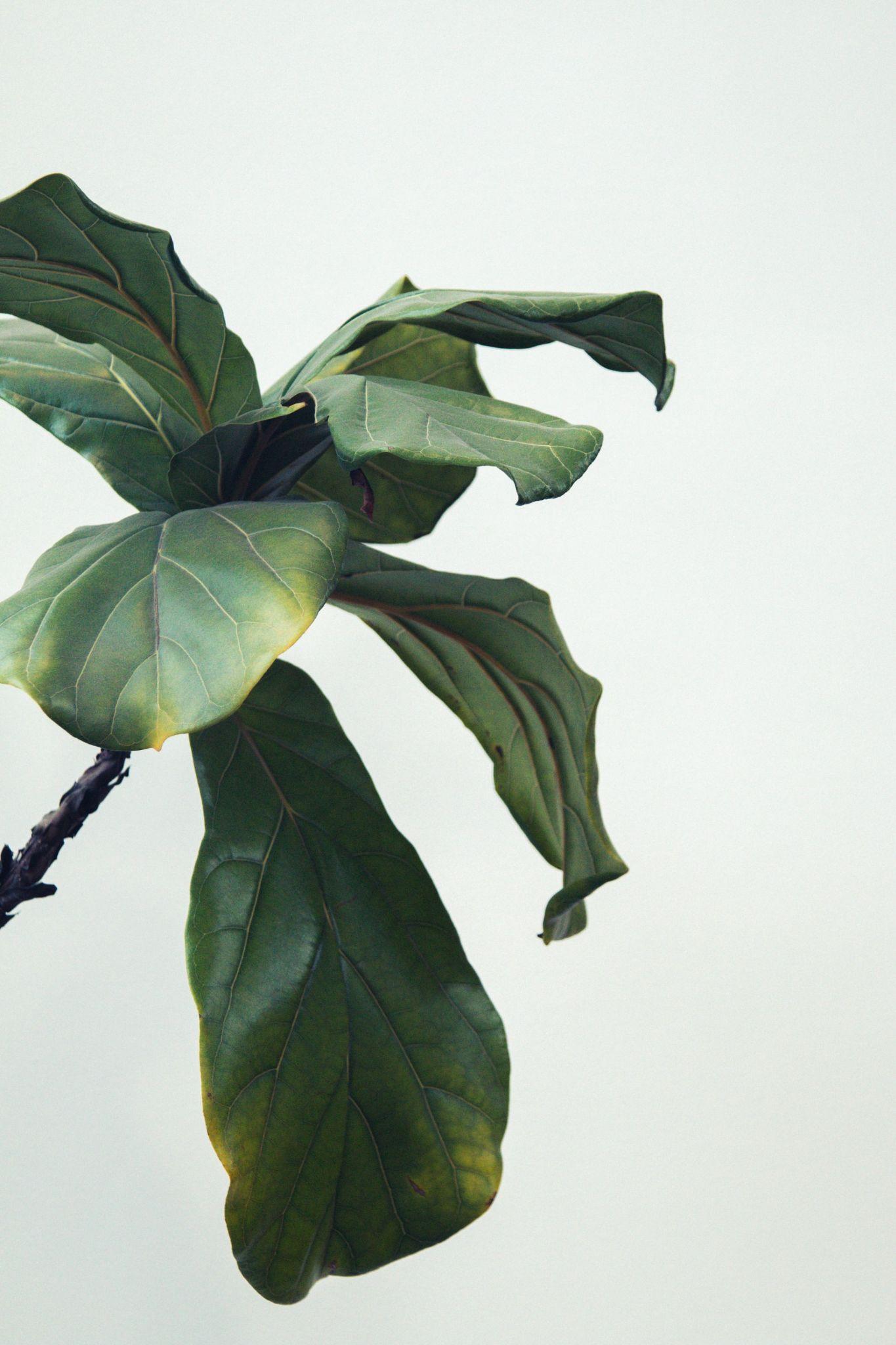
Credit: Unsplash
The Best Ways To Get Rid Of Thrips On Houseplants
There are a few things you can do to get rid of thrips on your houseplants.
- Start with clean plants.
- Make sure to inspect your plants when you bring them home from the store or nursery, and quarantine any that have thrips.
- You can also try using yellow sticky traps to attract and trap adult thrips.
- Finally, you can use an insecticide labeled for thrips. Be sure to follow the instructions on the label.
The Best Natural Predators Of Thrips
There are many different types of thrips and they can damage the plant. Thrips can also spread diseases from plant to plant. Luckily, some natural predators can help keep thrips populations under control.
1. Minute Pirate
One of the most effective is the minute pirate bug. These small black and white bugs are only about 1/8 of an inch long, but they are voracious predators of thrips. Minute pirate bugs will also feed on other small insects, such as aphids and mites.
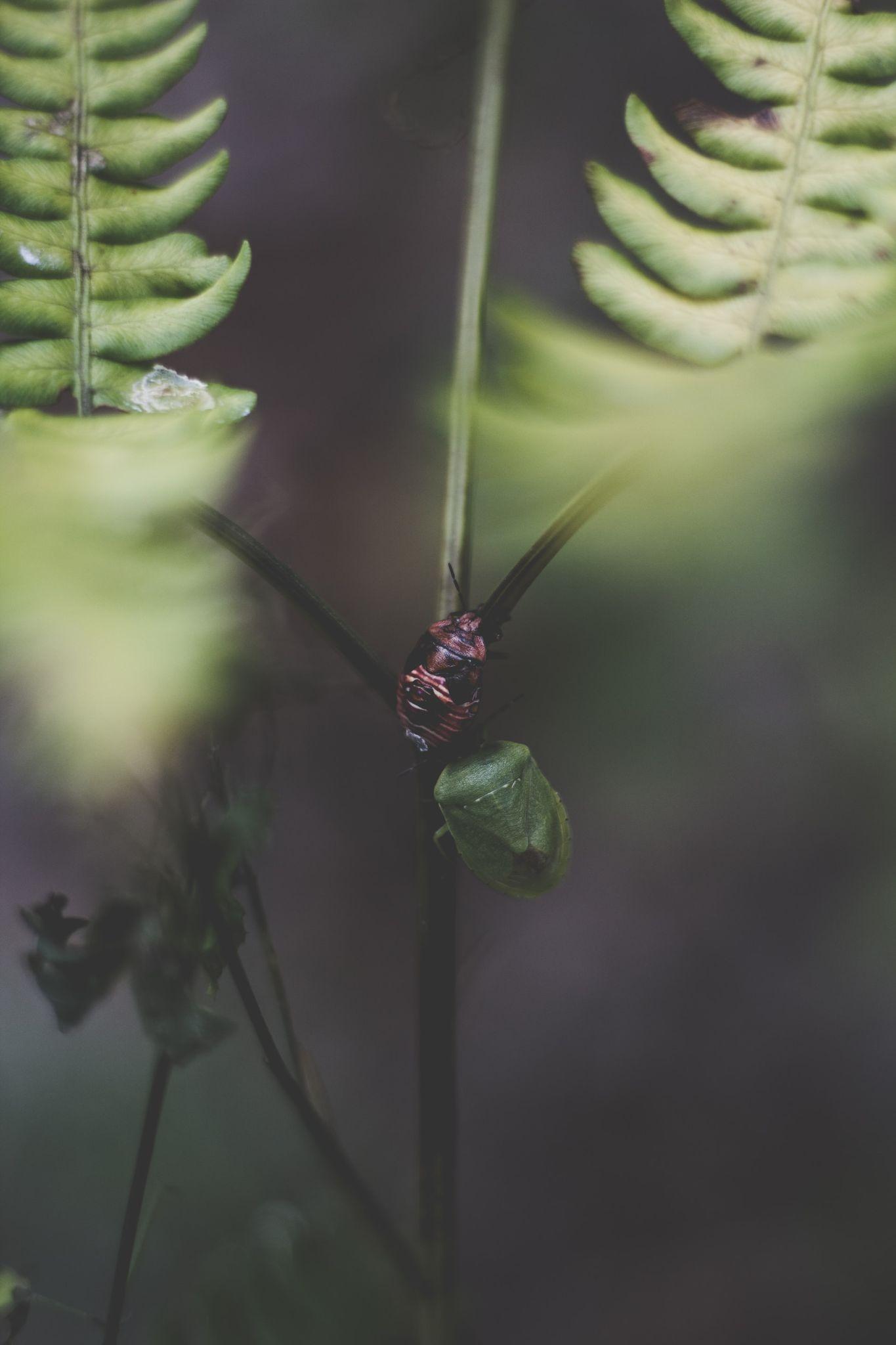
Credit: Unsplash
2. Lacewing Larva
Another good thrips predator is the lacewing larva. Lacewing larvae are small, green, and look a bit like alligators. They are very effective at controlling thrips populations, but they will also feed on other small insects.
If you have a thrips problem, you can release these natural predators into your garden or houseplants to help get rid of the pests. You can also buy them online or at garden centers.
The Best Chemical Treatments For Thrips
There are a few chemical treatments that can be effective in getting rid of thrips on houseplants.
1. Lambda-Cyhalothrin
One is to use an insecticide that contains the active ingredient lambda-cyhalothrin. This is a type of pyrethroid insecticide that is effective against a wide range of insects, including thrips.
2. Imidacloprid
Another chemical treatment that can be effective against thrips is to use an insecticide that contains the active ingredient imidacloprid. This is a type of neonicotinoid insecticide that works by paralyzing the thrips’ nervous system, causing them to eventually die.
3. Dinotefuran
Finally, another chemical treatment option that can be effective against thrips is to use an insecticide that contains the active ingredient dinotefuran. It is a type of neonicotinoid insecticide that works similarly to imidacloprid, by paralyzing the thrips’ nervous system and causing them to eventually die.
So there you have it, a few different chemical treatments that can be effective in getting rid of thrips on houseplants. Be sure to follow the instructions on the insecticide label carefully and always wear protective clothing when handling any type of insecticide.
Some Common Myths About Thrips
There are a lot of myths about thrips, here are some common myths about thrips:
1. Impossible To Remove
The most common myth about thrip is that they are impossible to get rid of. This is simply not true! While thrips can be difficult to control, there are several effective methods for getting rid of them.
2. Only Infest Indoor Plants
Another common myth about thrips is that they are only a problem for indoor plants. However, thrips can also infest outdoor plants, and in fact, they are often more difficult to control outdoors.
3. Only Affect Plants In Summer
Finally, many people believe that thrips are only a problem in the summer. However, thrips can be active year-round in some areas, so it is important to be vigilant all year long.
Expert Ideas
- Repot the plant in fresh soil.
- Inspect the plant carefully for signs of thrips infestation.
- If necessary, treat the plant with an appropriate insecticide.
- Keep the plant well-watered and fertilized.
- Move the plant to a brighter location.
- Prune off any heavily infested leaves.
Bonus Tip
Inspect your plant carefully for signs of infestation. If you see any thrips, use a cotton swab or Q-tip dipped in rubbing alcohol to kill them. You can also use a pesticide designed specifically for thrips.
Frequently Asked Questions
1. How can I get rid of thrips on my houseplants?
The best way to get rid of thrips is to use an insecticide that is specifically designed to kill them. You can find these insecticides at most garden stores or online.
2. What do thrips look like?
Thrips are small, winged insects that are usually yellow, brown, or black. They are very difficult to see with the naked eye, but you may be able to spot them if you look closely.
3. How do thrips damage plants?
Thrips feed on the sap of plants, which can cause the plants to become stunted or deformed. Thrips can also transmit diseases from one plant to another.
4. What kind of plants are most susceptible to thrips?
Thrips can damage any type of plant, but they are especially attracted to roses, lilies, and tomatoes.
5. How can I prevent thrips from attacking my plants?
The best way to prevent thrips is to keep your plants healthy and free of stress. Avoid over-watering or over-fertilizing your plants, as this can make them more attractive to thrips.
Conclusion
If you have thrips on your houseplants, don’t despair! Follow the tips mentioned above and with a little effort, you can get rid of thrips for good and enjoy healthy, beautiful houseplants.
Michelle Wilde
Related posts
1 Comment
Leave a Reply Cancel reply
![]()
About Michelle Wilde
Michelle Wilde is a stay-at-home mom and avid plant lover. Armed with a post-graduate degree in Computer Science (no kidding!), she loves researching plants and landscapes. When she is not caring for her 4 kids, she spends time on her passion for plants. She blogs at www.indoorplantschannel.com, the trusted source for indoor plants.
Learn more
Subscribe
* You will receive the latest posts and updates about indoor plants!
Search
Recent Posts
Categories
- Beginner Guides (10)
- FAQ (206)
- General (2)
- How-To Guides (212)
- Indoor Plants (214)
- Pest Management (2)
- Plant Problem Solutions (4)
- Seasonal Growing (2)
- Specialized Environments (2)
- Specific Plant Care (3)
- Technical Growing (2)
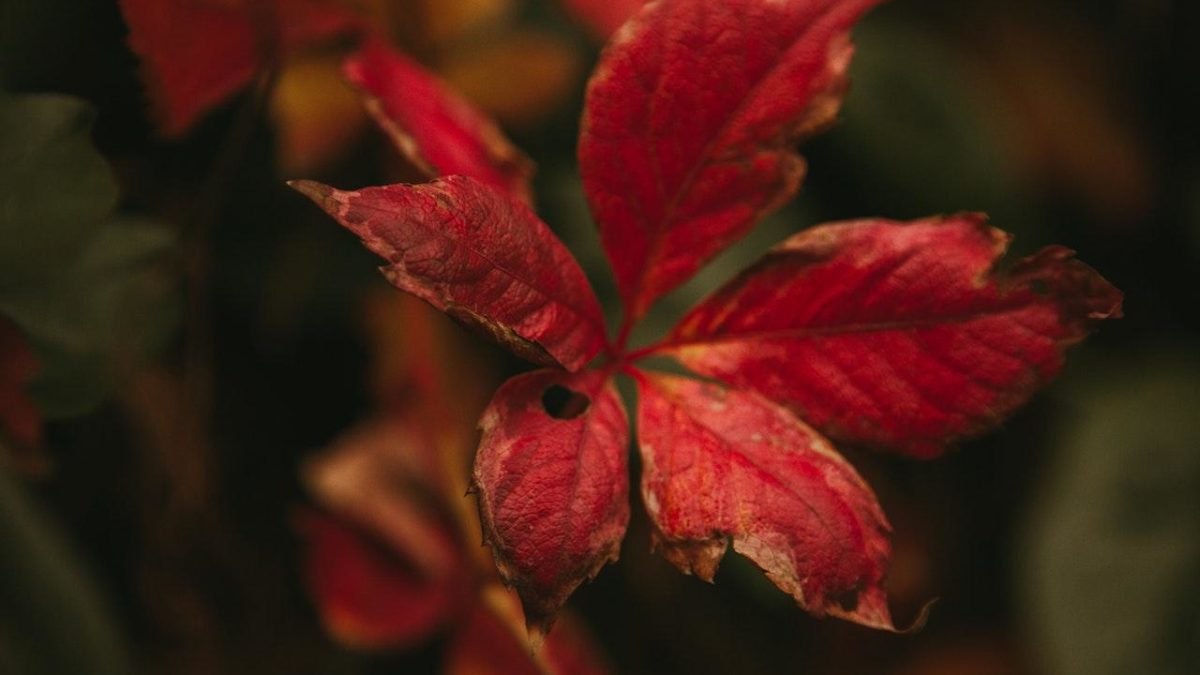
[…] you’re looking for ways to add some life to your home, consider revamping your houseplants. With a little bit of TLC, you can transform your plants into beautiful, vibrant displays that add […]